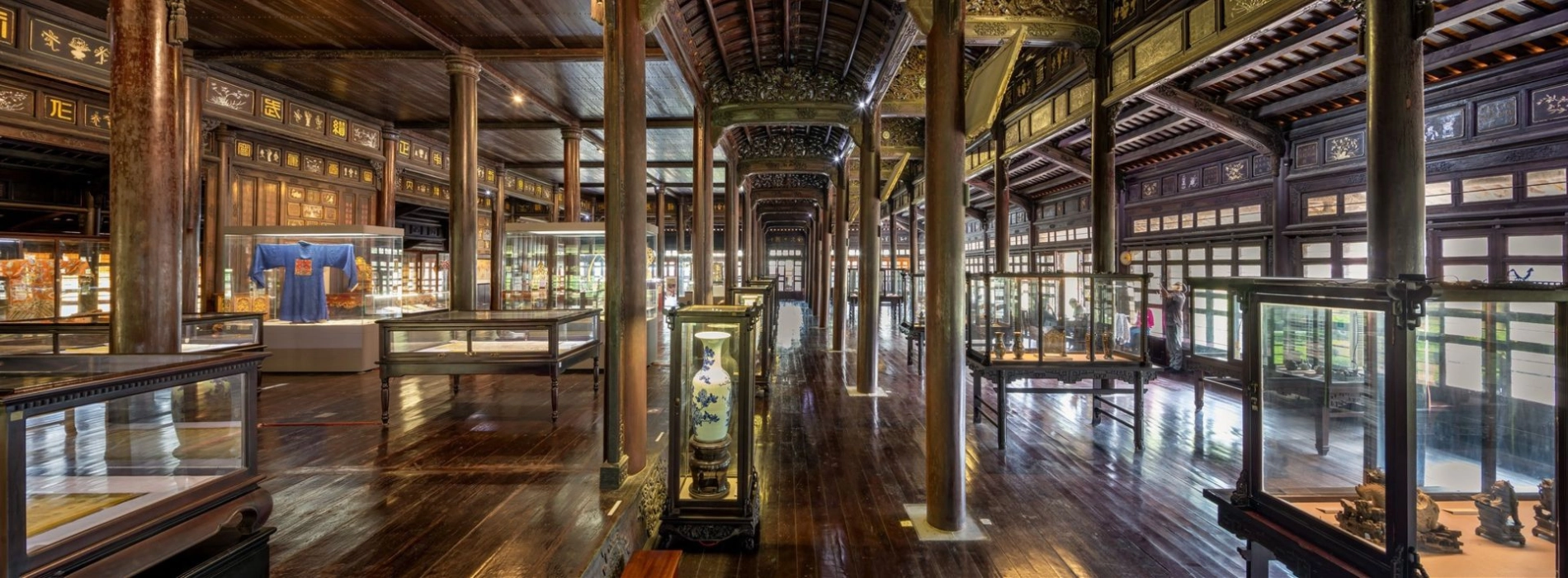
Vietnam is a land of breathtakingly beautiful landscapes, steeped in tradition and humming with kaleidoscopic culture. Beyond the iconic images of emerald rice terraces and bustling cities, another treasure lies in store: a gradually unfolding high end art scene. The emergent sector of the avant garde artistry and deep rooted cultural heritage rounds off the appeal to the increasing number of collectors, curators, and art lovers all over the world.
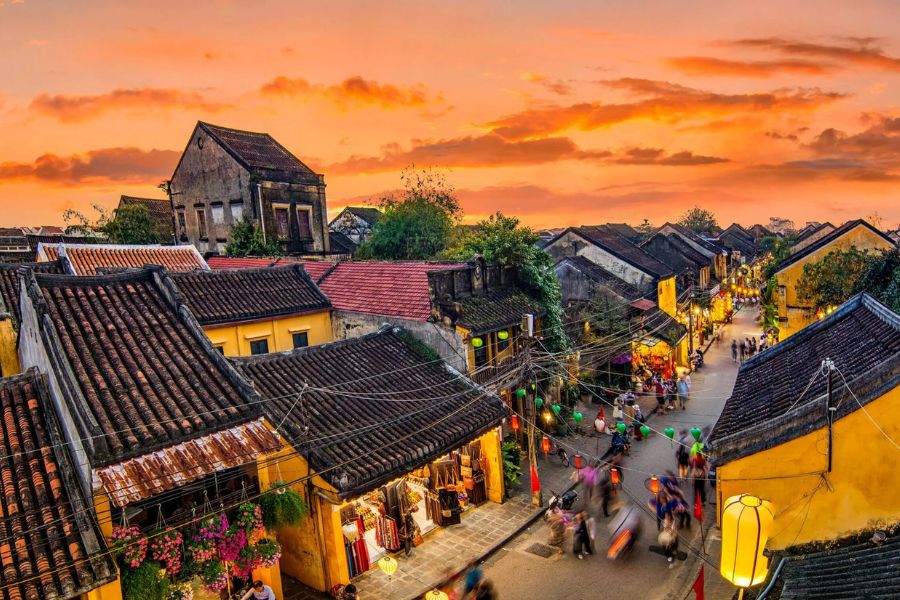
The beautiful city of Hoi An in Vietnam (Source: hoiana)
In the environment of Vietnamese arts, everything is not the reflection of a self but rather acts like a magic mirror changing the face of the nation. A bridge to connect past and present, traditional values with modern innovation. International audiences get a different viewpoint through Vietnamese art regarding global concerns and are further empowered by distinct shades of their culture.
More importantly, it testifies to the rise of the art market of Vietnam into growing importance on the international scene. The rising recognition of the value of Vietnamese art on the part of collectors and institutions worldwide has ensured that the creative voice of the country finally reached its rightful platform for exposure.
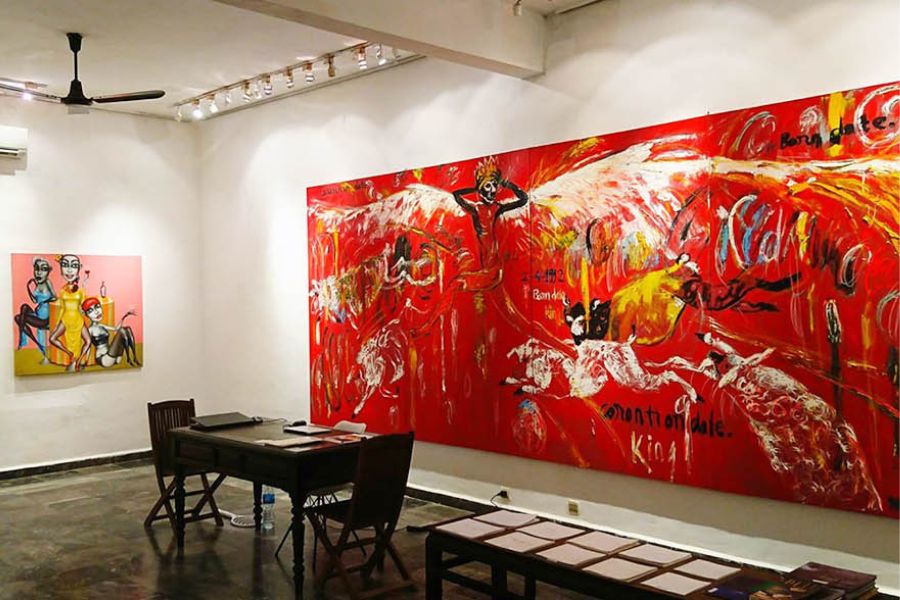
Saigon Art Gallery (Source: AuroraTravel)
The history of the art of Vietnam is an interwoven tapestry from indigenous culture to colonial exposure, warlike eras. Traditional art in Vietnam. For example, lacquer ware, silk painting, and ceramics naturally bind them with nature, spirituality, and community.
The sea change in Vietnamese art began from 1858 to 1954 with the coming of the French colonial period. Until 1925, the formal transmission of European techniques had hardly taken place with the establishment of the École des Beaux Arts de l'Indochine in Hanoi. It harmoniously combined Western styles with traditional aesthetics of Vietnam. This was a foundation stone laid for modern art in Vietnam.
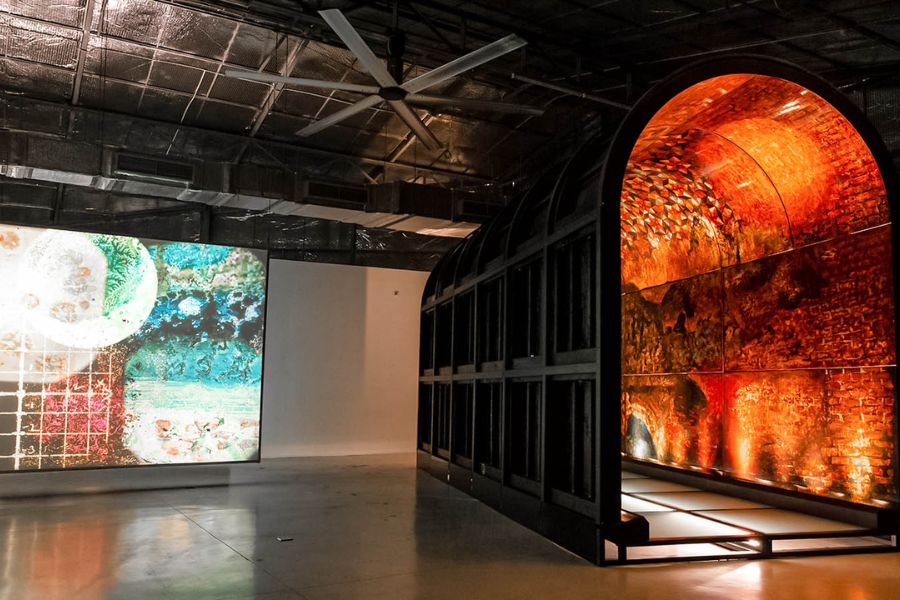
Art Exhibitions in Ho Chi Minh City (Soure: VietnamTourism)
The postwar period was a sensitive time, and the arts were one of the vehicles of propaganda. Since the Doi Moi economic reforms in 1986, however, Vietnamese art has come into its own, embracing creative freedom and global influences.
As the country's cultural capital, Hanoi is the city that takes upon itself the function of a high art center. Galleries, museums, and creative spaces all act as representatives of rich artistic heritage. Among them, the most important is the Vietnam Fine Arts Museum, which hosts the richest collection from ancient times right up to the present day.
This space includes a more intimate gallery and cafe combo named Manzi Art Space. Here, they will have regular exhibitions, artist talks, and workshops. Most days, it is somewhat crowded with contemporary Vietnamese art. 54 Traditions Gallery is another important venue not to be missed that showcases the rich cultural diversity, long rooted tradition, and heritage of all the ethnic groups inhabiting Vietnam.
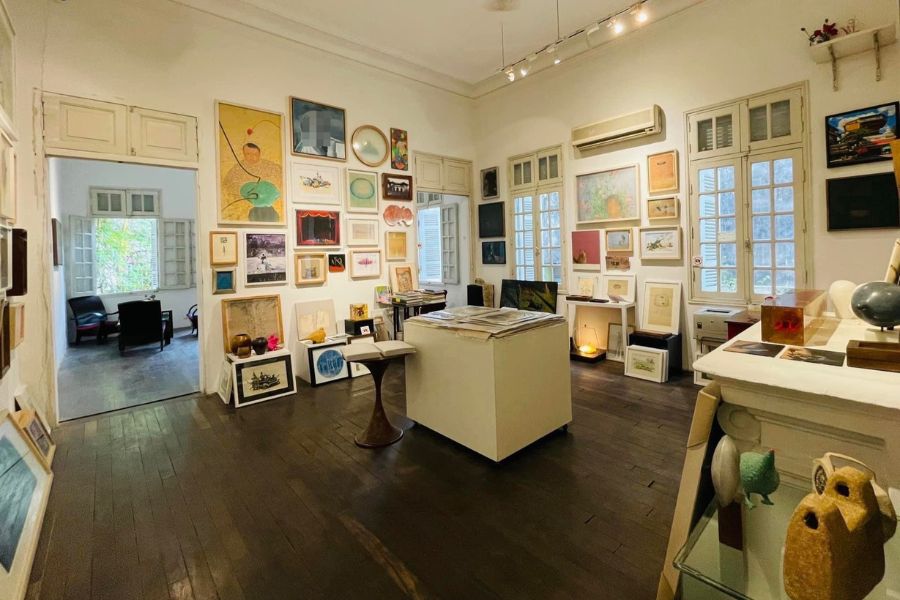
Manzi Art Space (Source: Apple)
Wanderings around the Old Quarter yield boutique galleries and studios down narrow streets, most of which feature up and coming artists in a space where works may be bought directly from the artists themselves.
In contrast to the historical charm of Hanoi, Ho Chi Minh City (Saigon) exudes a cosmopolitan energy that fuels its dynamic art scene. The city is home to cutting edge galleries and cultural spaces that reflect its role as Vietnam's economic and cultural powerhouse.
Galerie Quynh is probably the most important gallery in Vietnam to present contemporary works by leading Vietnamese and international artists. Exhibitions here tend to be at the cutting edge, engaging with global themes through a local lens.
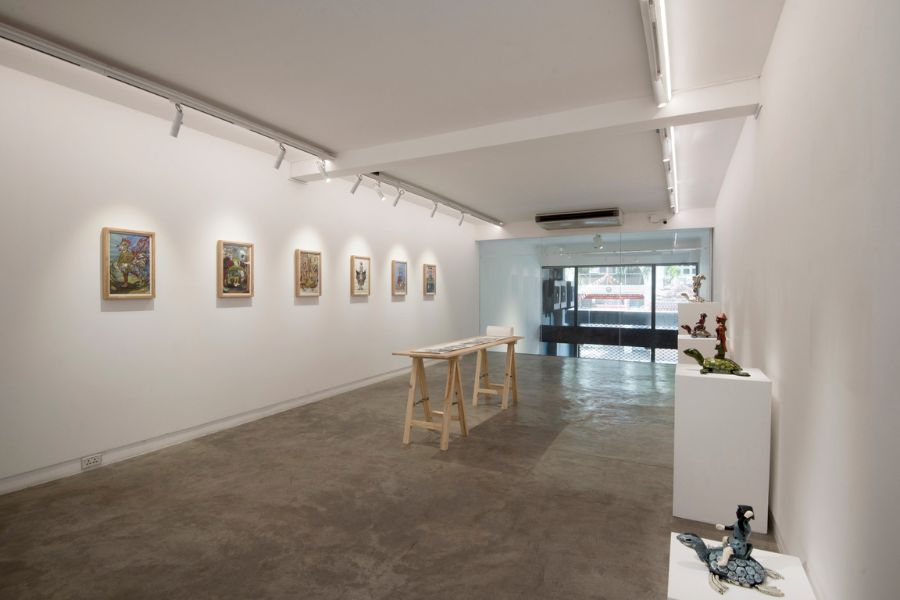
Galerie Quynh (Source: luxuo)
The Factory Contemporary Arts Centre, targeting the multigenre minded audience, is a must visit. The complex is fully involved in various exhibitions, performances, and educational programs arranged with the main focus on communal interaction and nurturing creative skills.
Of note is the Apricot Gallery, representing high quality oil paintings and lacquer art, carefully selected pieces appeal both to the serious collector and casual admirer. Ho Chi Minh City is bold, experimental, and a place where new artists test mediums to redefine the boundaries of art.
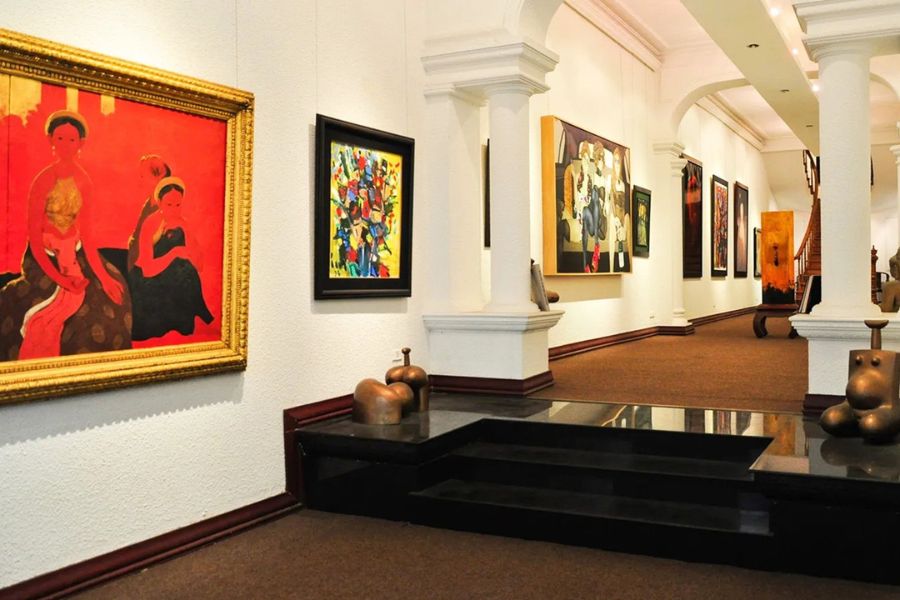
Apricot Gallery (Source: AmasiaTravel)
Hue, the old imperial capital of Vietnam, is more tranquil but equally enriching in artistic experience. Bathed in history, the city has always been a pride in the preservation of traditional arts and a cultural hub.
The Hue Museum of Royal Fine Arts is located inside a historic building in the Imperial Citadel and focuses on royal artefacts, classical paintings, and ceramics. This museum gives an interesting glance at the achievements in arts and crafts of the imperial era in Vietnam. Apart from museums, Hue reveals its artistic spirit in local craftwork.
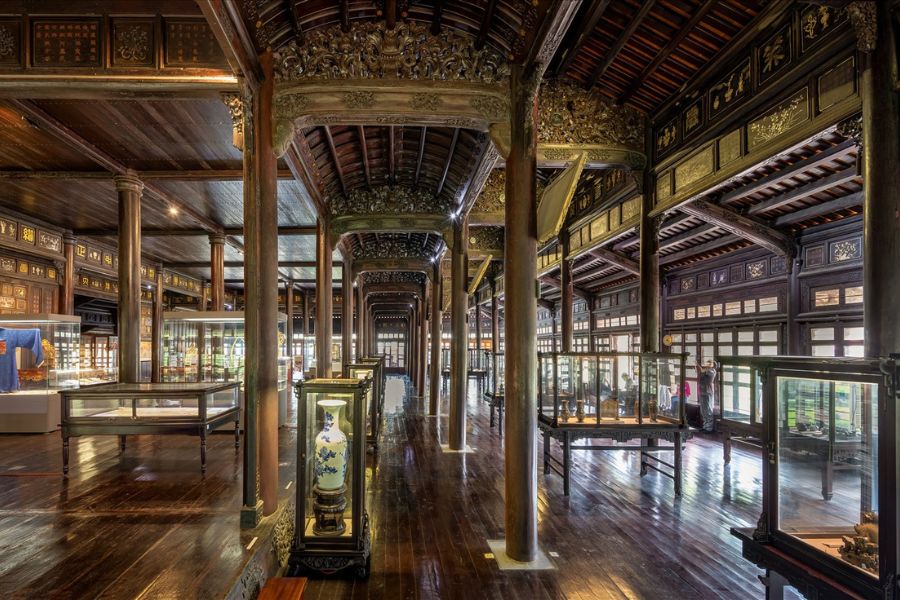
Hue Museum of Royal Fine Arts (Source: 63Stravel)
More contemporary and upscale is the Le Ba Dang Art Museum, housing works from the famous Le Ba Dang, one of Vietnam's most famous artists to be known internationally. The museum presents his creative method of using space and material in such a way as to make visually attractive paintings, and sculptures, fusing together eastern and western influences.
With a view of modern and sleek museum architecture, this complements the high-class appeal of the exhibits very nicely, thus being highly suitable for those who love arts
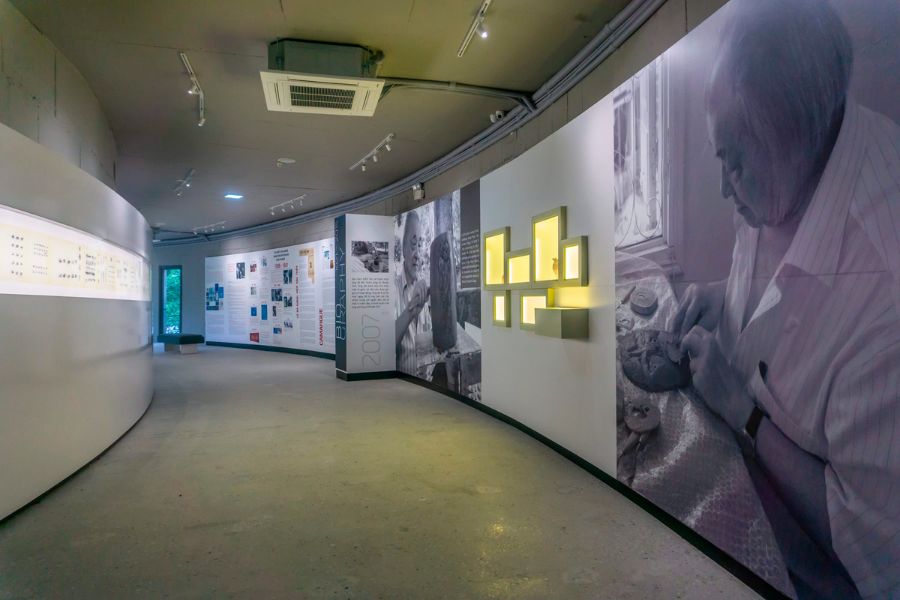
Le Ba Dang Art Museum (Source: Klook)
Hoi An is a UNESCO World Heritage Site and is also known for well preserved architecture and a vibrant artistic community. This little town in central Vietnam is really the hotbed of traditional crafts and contemporary art. As one walks down the streets illuminated with lanterns, several galleries, artisan workshops, and boutiques showcase various artworks.
For instance, Reaching Out Arts and Crafts showcases handmade products by local artisans in ceramics, textiles, and paintings. The Precious Heritage Art Gallery Museum by Réhahn is one of a kind, combining fine art with cultural storytelling through portraits and costumes of Vietnam's ethnic groups. Equally famous are the vivid silk paintings found in galleries around town.
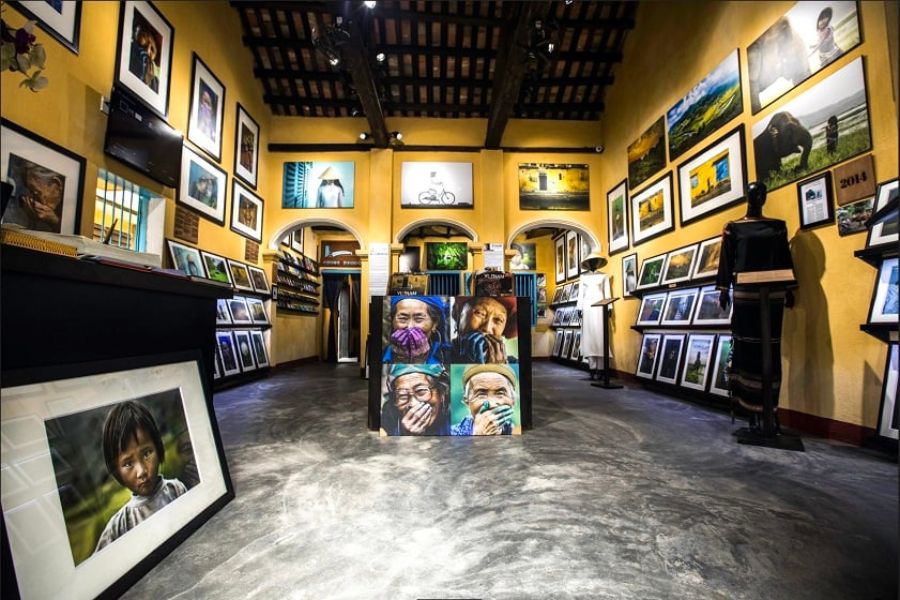
Precious Heritage by Réhahn (Source: VinWonders)
The laid back atmosphere, combined with the vibe of art, is just what seekers of inspiration need in order to draw their inspiration and draw closer to the creative spirit of Vietnam. Even participating in workshops, such as lantern making or traditional painting, would allow one to feel the real touch of local craftsmanship.
Read more: Beeswax Painting on fabric: The unique art of Mong people
Nguyen Phan Chanh was considered one of the pioneers in Vietnamese modern art, aside from being among the greatest masters of silk painting. Born in 1892, he is credited for playing an important part in popularizing this traditional medium besides taking it to new heights of art. His paintings often depict serene scenes of rural life and highlight themes of family, labor, and nature.
Delicate strokes, soft tones translate into serenity in his paintings, poetic simplicity. Nguyen Phan Chanh's contribution to the treasuries of Vietnamese art is invaluable, and recognition he gets both at home and abroad.
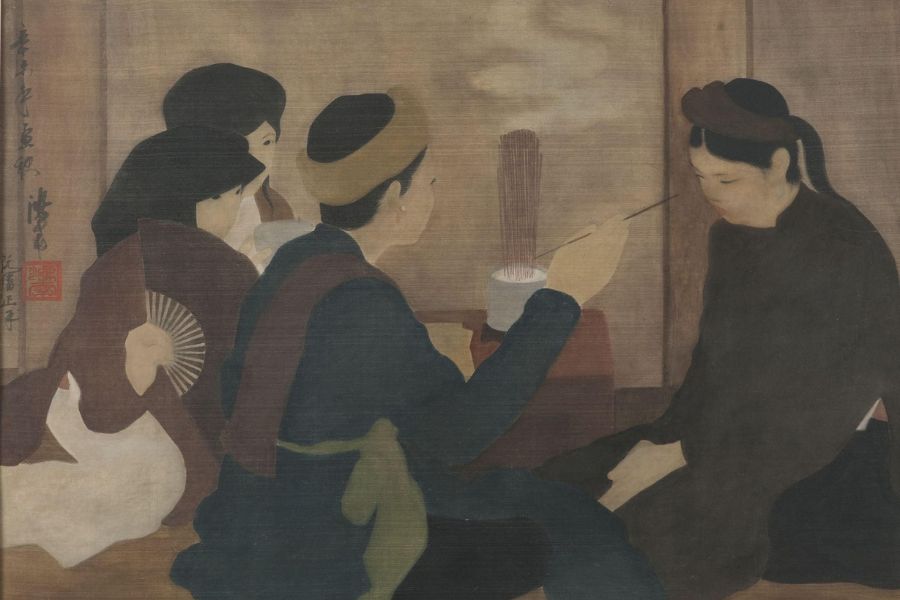
Nguyen Phan Chanh Art works (Source: Pinterest)
Dinh Q. Le was an international Vietnamese contemporary artist known for his photo weaving techniques and an internationally acclaimed critic. He was born in 1968 in the coastal city of Ha Tien, and much of his work continued to draw from the confluences of memory and identity set against historical trauma, especially within the context of the Vietnam War.
His installations and multimedia works have been exhibited at great venues, including the Museum of Modern Art in New York and the Venice Biennale. It is precisely in the mix of personal and collective histories that Le's work really resonates.
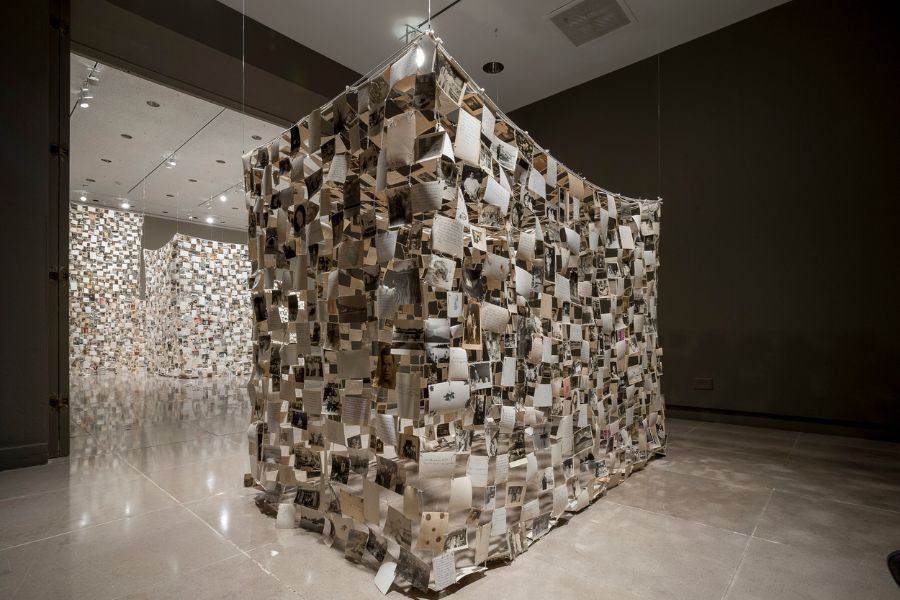
Dinh Q. Le Art Gallery (Source: RiceGallery)
Tiffany Chung is an internationally prominent contemporary artist recognized for her exhaustive maps and new media installations. Born in 1969 in Da Nang, Chung's work concerns issues like migration, urbanization, and climate change. Indeed, her cartographic art often considers the reinterpretation of historical maps with additions of data reflecting human impacts from war, displacement, and natural disasters.
Chung combines aesthetics with social commentary in such a way as to make the viewer reflect on pressing global challenges. With exhibitions in several renowned institutions such as the Smithsonian American Art Museum, she has emerged as a leading voice in contemporary art.
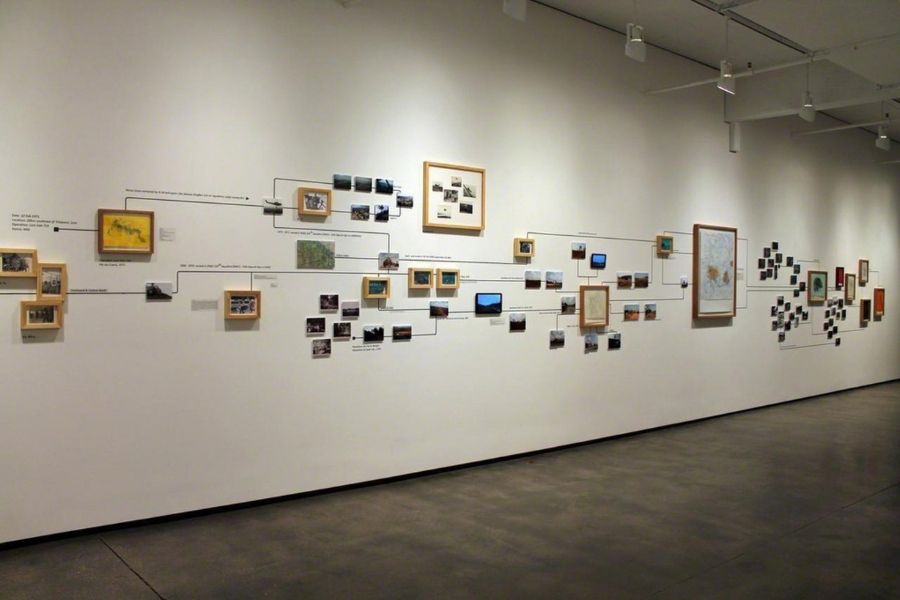
Tiffany Chung Art Gallery (Source: Arthive)
Research Before You Go: Familiarize yourself with the rich artistic heritage and the current trends before visiting Vietnam.
Attend Art Events and Festivals: Plan your trip around art fairs, gallery openings, or cultural festivals.
The basics of art collecting: If one is thinking of buying any artwork, they first needs to know the basics in collecting art.
A journey into Vietnam's high art is actually a journey into the very heart of the nation's culture and creativeness. From the traditional lacquer to the most contemporary installation, Vietnamese art boasts a very charming mix of history and novelty, beauty combined. Start your journey into the realm of art around Vietnam with Asia King Travel to enter a world beyond your wildest imagination.
Read more: 11 Must-see Art Performances in Vietnam